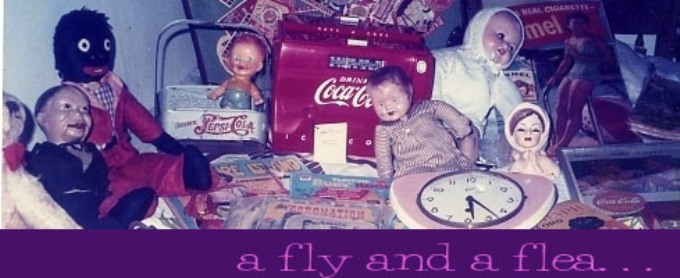
One American soft drink brand that reached the Philippines in the 40s was 7-UP, that fizzly bubbly drink created by Charles Leiper Grigg in 1929. Originally, 7-UP was named "Bib-Label Lithiated Lemon-Lime Soda", because it contained lithium citrate, a mood-stabilizing drug used to cure hangovers. But it proved popular to the mainstream soda market, and soon, millions 7-UP in green bottles were staples ion picnics, parties and the homes, providing a refreshing aletrnative to cola drinks.
Its signature green bottles showing a woman in swimsuit with 8 bubbles in the front lable came out first in 1937. The design was kept the same till the 50s, although the bubbles were reduce to 7, in keeping with the 7-UP name. An interesting and rare Philippine 7-UP bottle is of amber and was used in the mid 50s and 60s. This bottle followed the 'non-swim' design produced until 1953. 7-UP's popularity has waned considerably with the introduction of Sprite, but there was a time when everyone was "'un for all, all for 'un, 7-UP the UnCola!".












